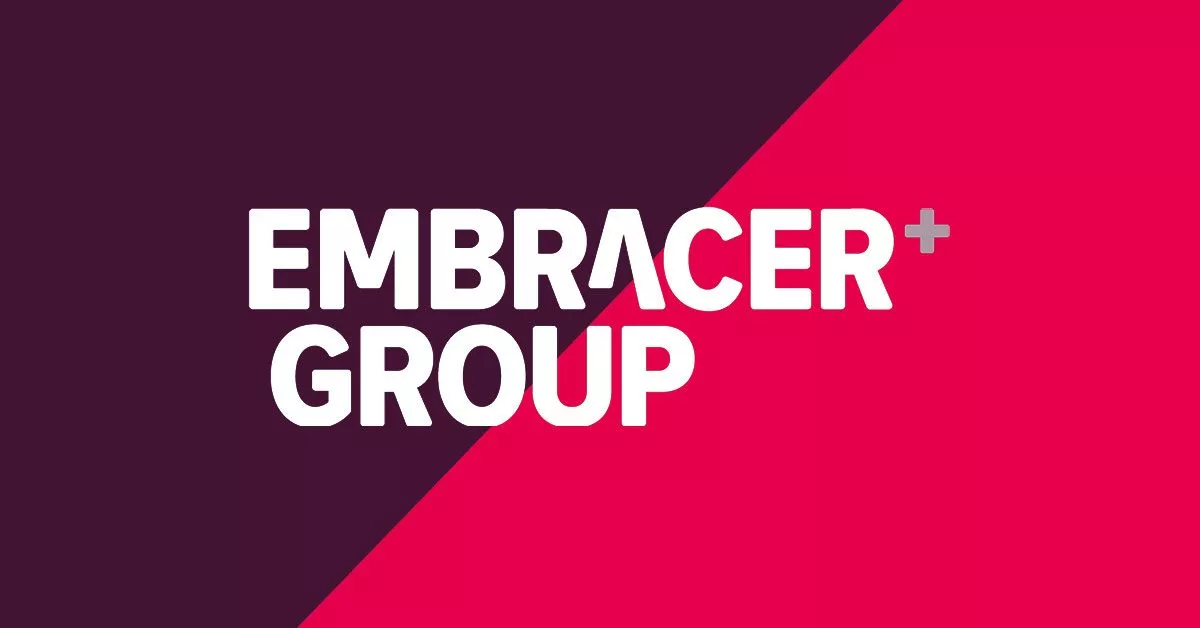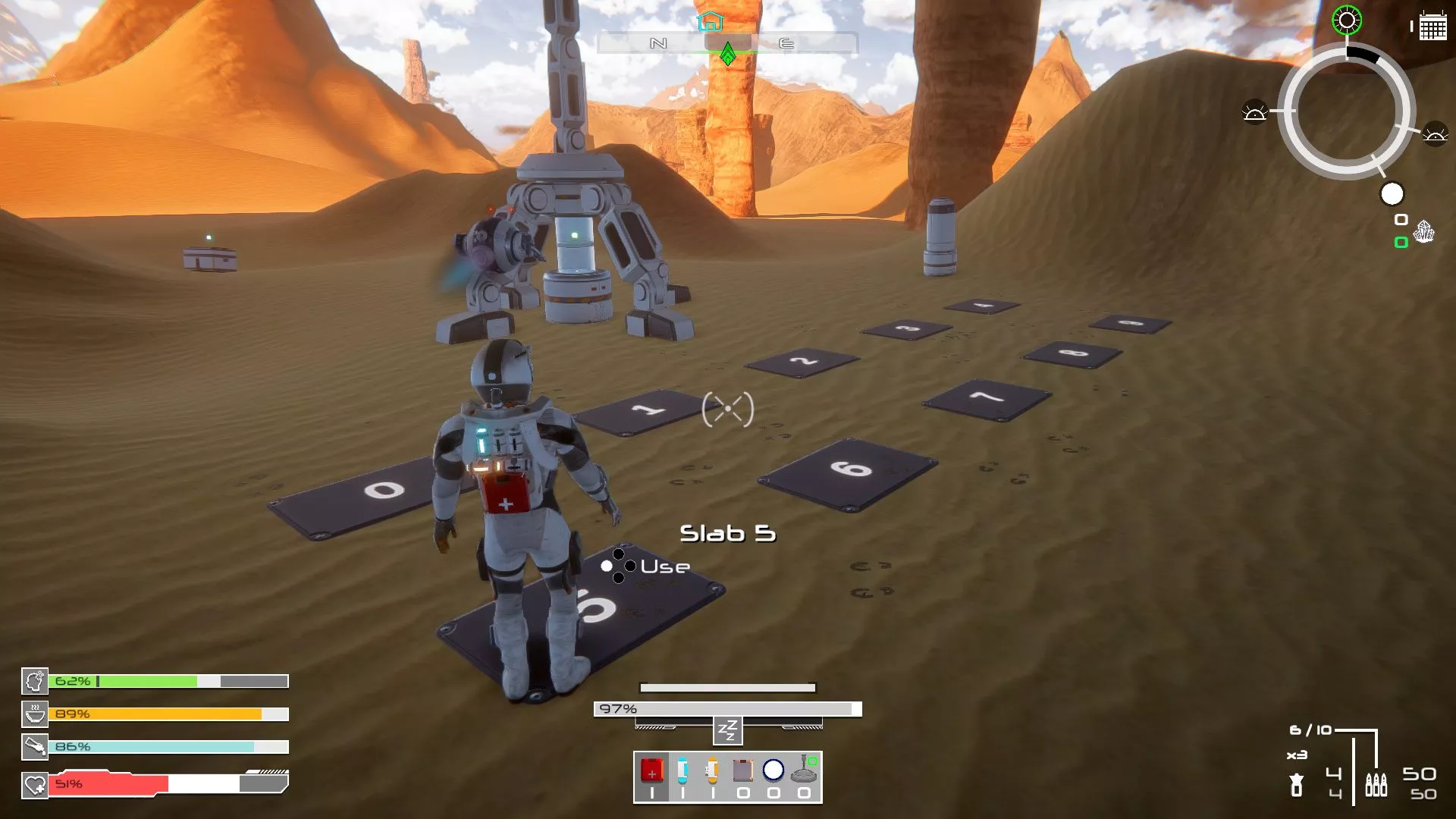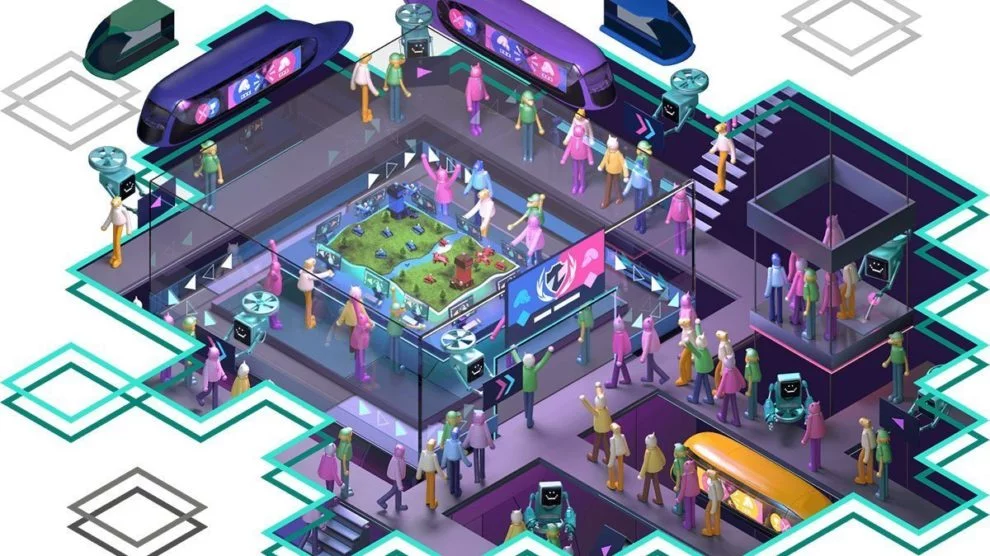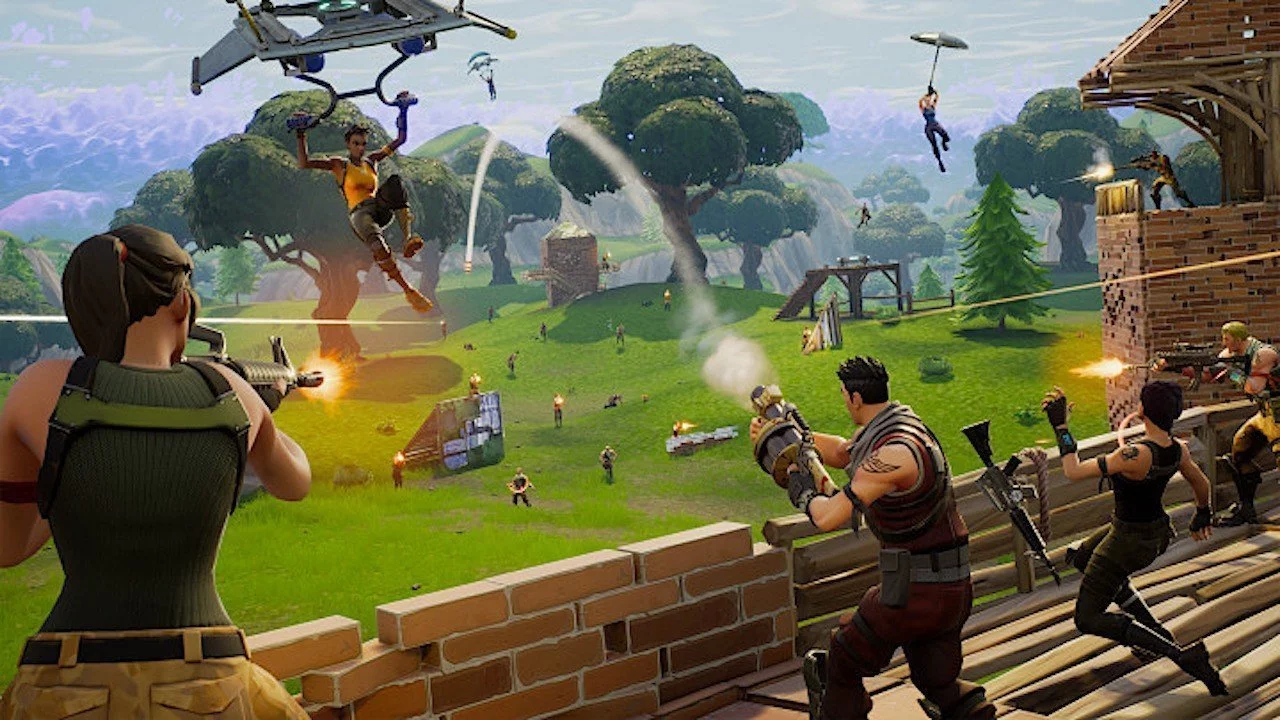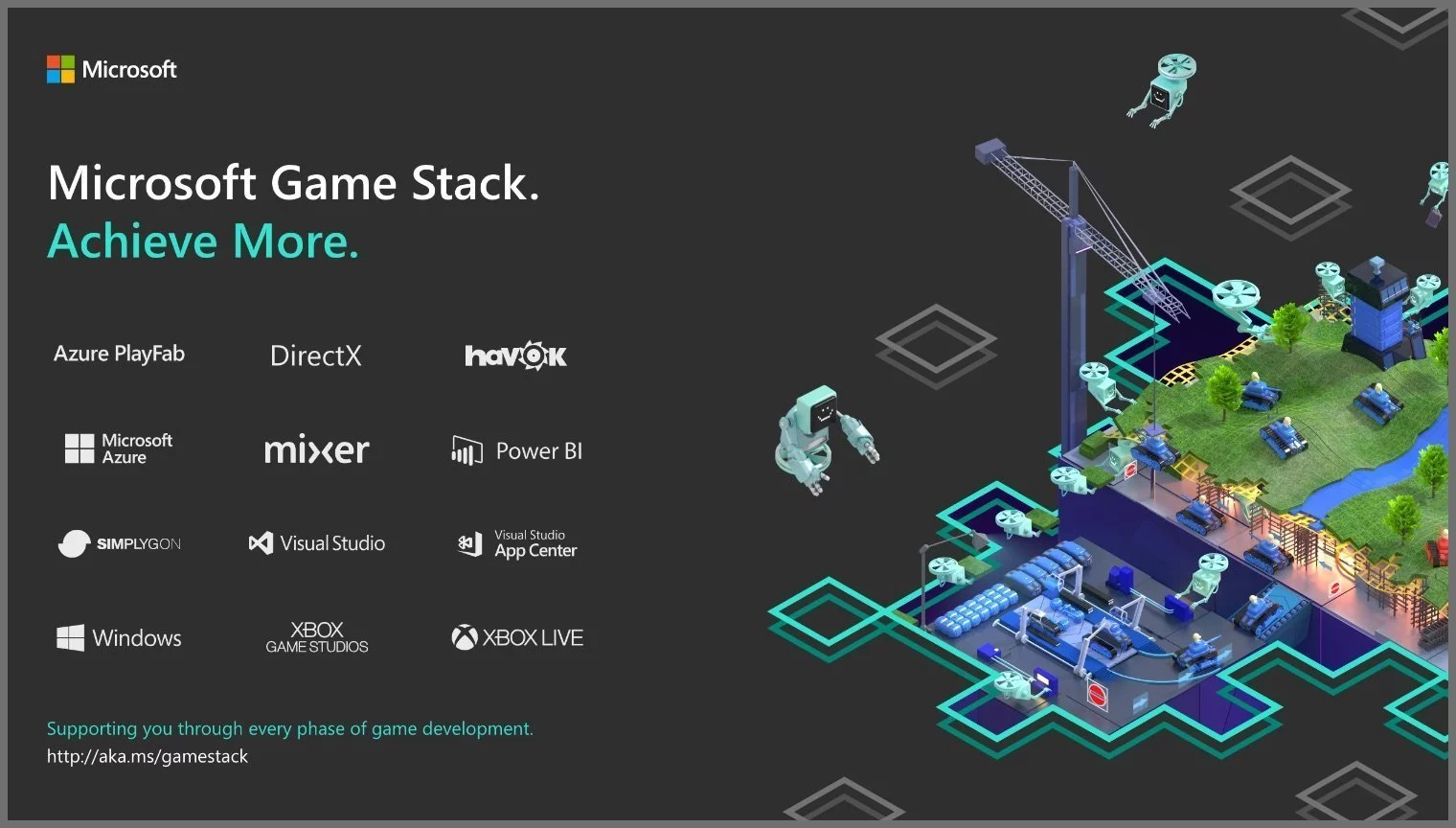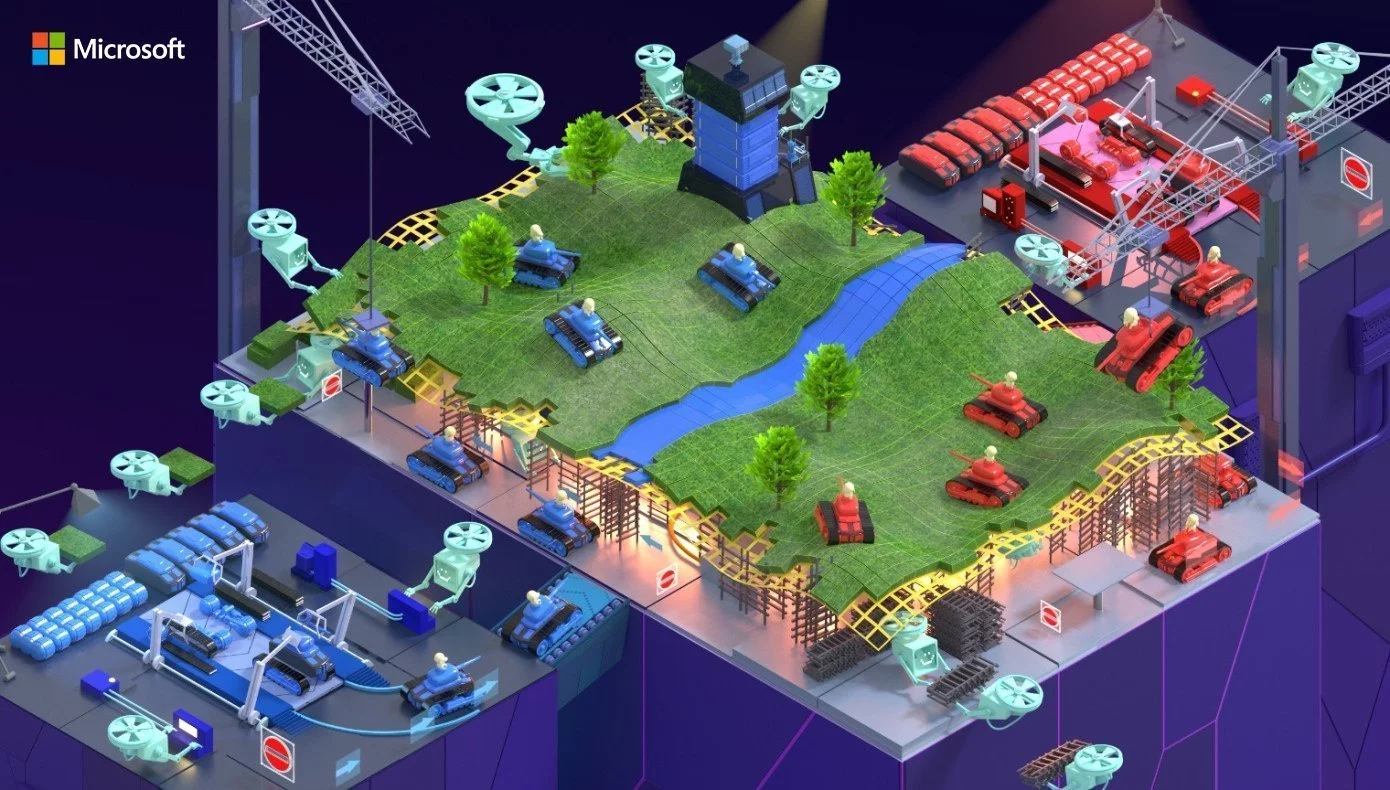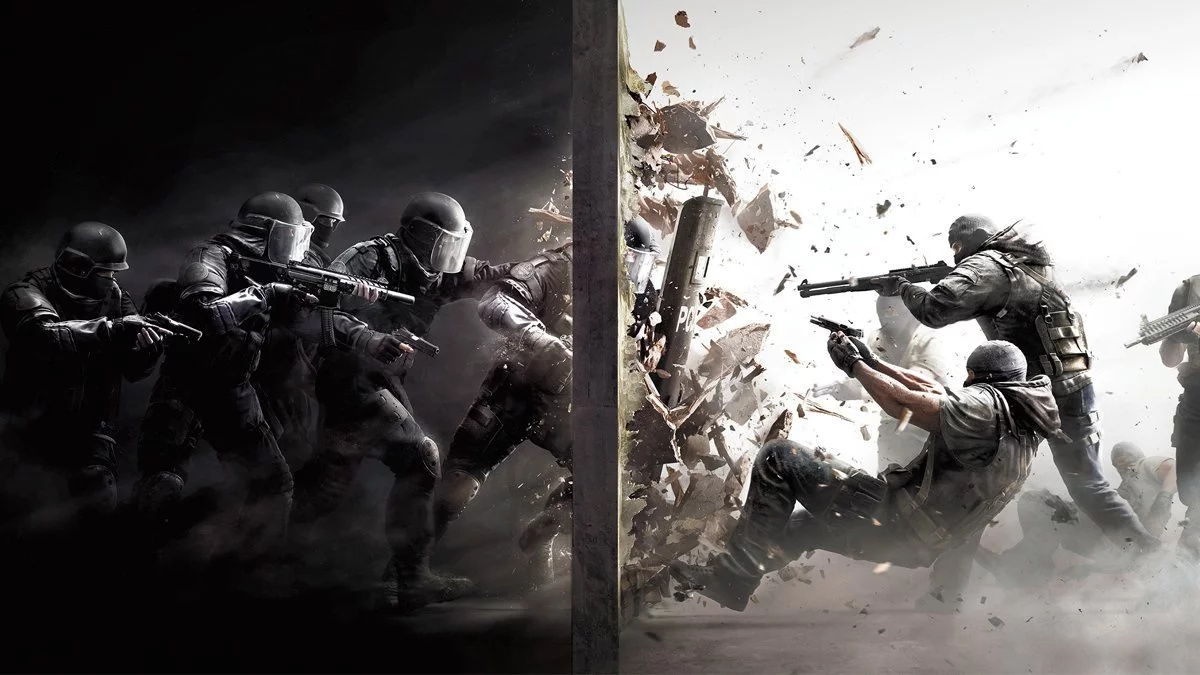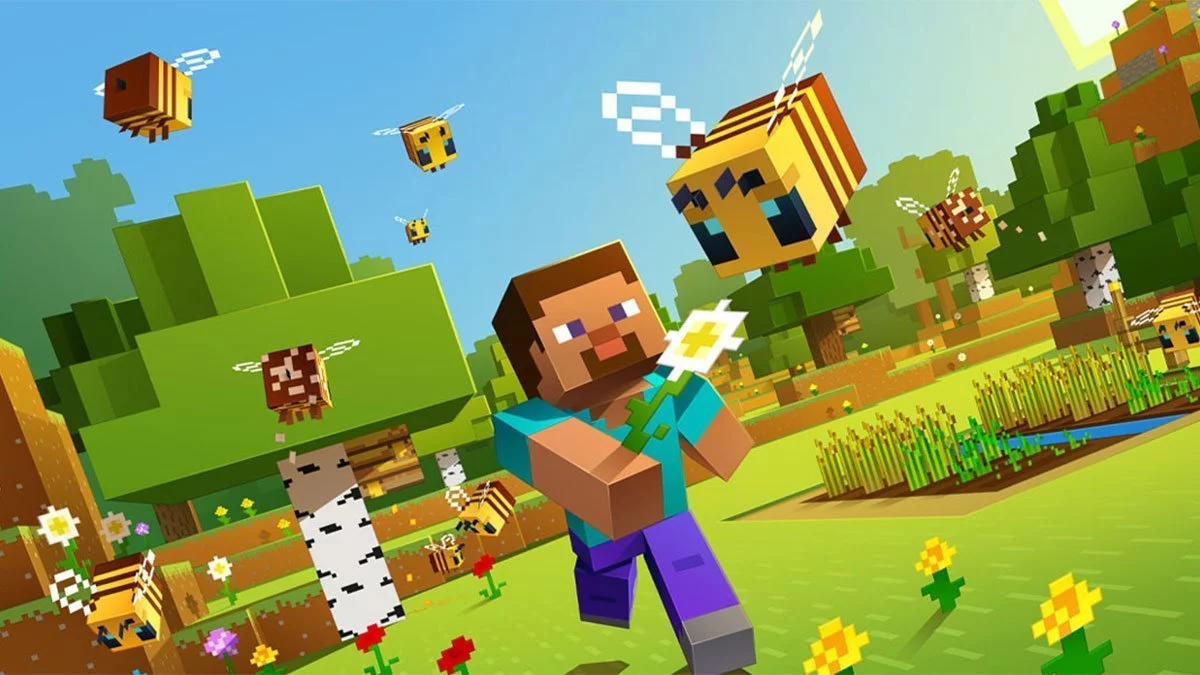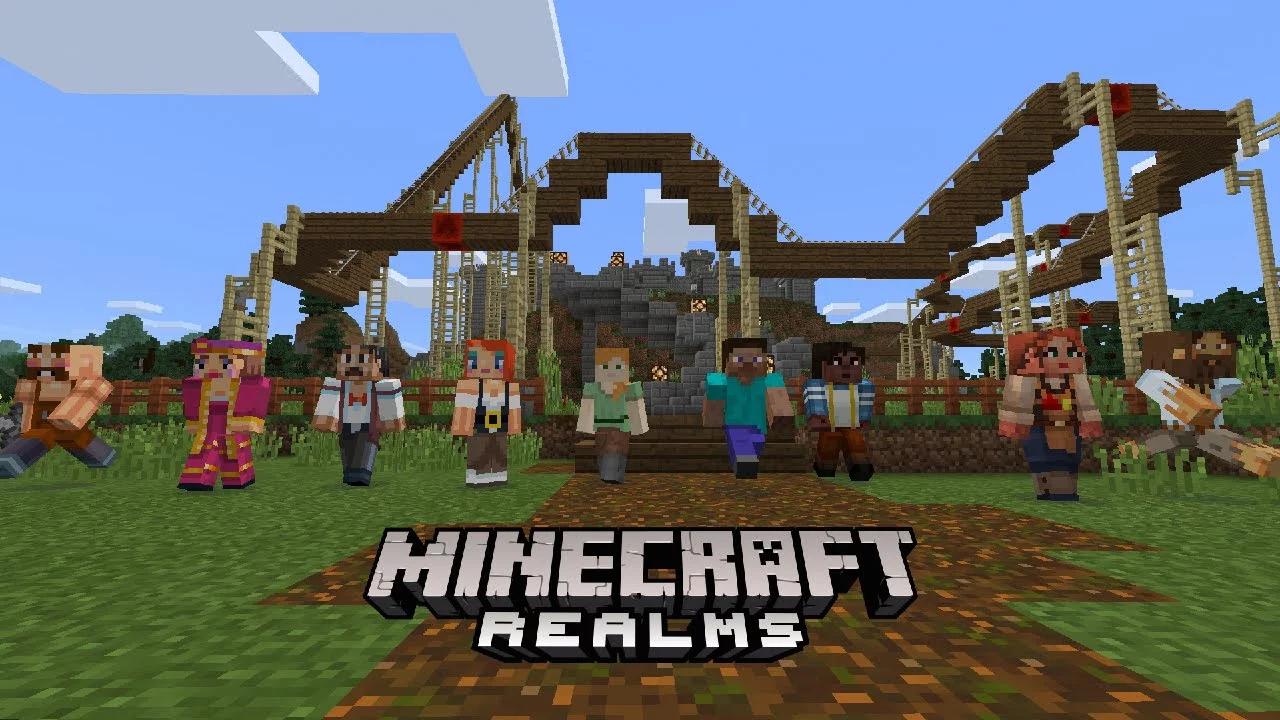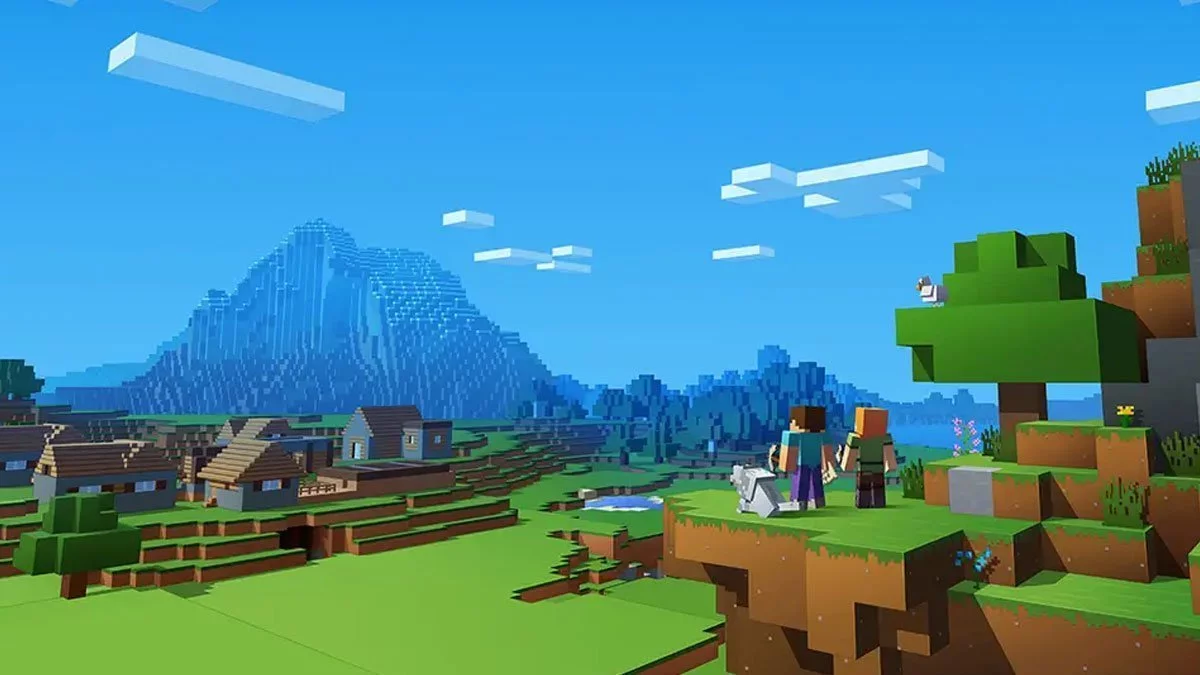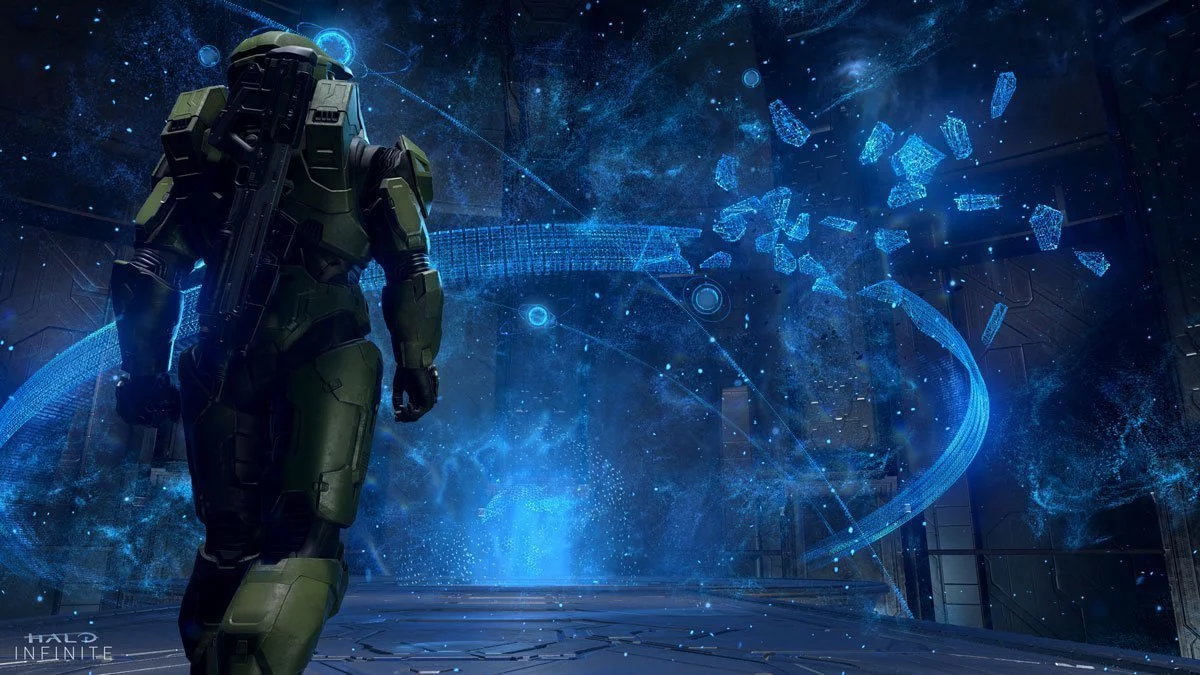At GDC 2019, Microsoft announced a bundle of services called Game Stack. Combining the likes of Azure, PlayFab, DirectX, Visual Studio, Xbox Live, App Centre and Havok. Microsoft described the package as “a robust ecosystem that any game developer can use.”
With our (admittedly, extremely) rudimentary knowledge of how game developement is actually accomplished, we sat down with PlayFab General Manager, James Gwertzman, to better understand what the bundle offers both developers and gamers alike.
Steve Wright, Stevivor: We initially reported on Game Stack as ‘Xbox live is coming to any device you want’. That’s likely doing it a disservice — how would you better describe it?
James Gwertzman, General Manager of PlayFab: I think we should start with the big picture, which is just acknowledging that the nature of game development has been changing and the nature of what it takes to build a successful game has really changed. In the beginning, it was enough to build a game, put it in a box and sell it in store. All you really needed, from the middleware or the support perspective, was maybe some help building the game engine itself. Then we got to live games and multiplayer games and that’s really kind of where Xbox Live was state of the art, where what you needed was help with matchmaking and multiplayer server hosting and so forth.
I think where we are now is really this new era where games have gone beyond even just games and services now. Games are really communities. If you look at a game like Fortnite for example, this is so much more than just a game and the kinds of things players are doing in there — microtransactions, free-to-play — whether it’s hosting communities of players. Whether it’s helping them stream the game, whether it’s helping — especially on mobile — game developers to acquire new players, or ongoing engagement and retention. Developers are in this continuous battle to keep their players engaged, which means continuously updating their content, continuously rolling out new events. It could be a Christmas holiday event or a Valentine’s day event or just a, ‘hey, it’s Thursday, so we’re having a special dungeon crawl event’, whatever it is.
As we’ve looked at that from Microsoft’s perspective, we see the scope of services and tools that developers need continually growing. It really becomes almost like an arms race where smaller developers run the risk of not being able to compete effectively on a level playing field. We see one of the things we can do is bringing a much broader set of services that reflect the broader needs of game developers. That’s really what Game Stack is meant to be. You can think of it in a couple of ways.
When we first announced it at GDC, to be fair, I think it was a little bit of a marketing umbrella, which is meant to be, ‘hey, we’re bringing all our technologies together with varying levels of integration’. I think where we are now and what you’re going to see this upcoming GDC is us starting to bring these together; to become a more cohesive offering. We call it Game Stack because I think of it literally as a stack using technologies to build on each other. At the very bottom of the stack we put Azure because, ultimately, when you’re starting to build out games and these ongoing services, you need a cloud.
We think we’ve got a pretty good one and it starts with the ability to build compute networking and storage instead of raw platform primitives that you need hosts in the cloud to build your modern game. That’s the bottom of the stack. But not everyone wants to build in a raw technology in the cloud. Some people just want to use off the shelf services and so, next level up the stack comes game services. This is really where Xbox Live fits in. So game services like matchmaking, multiplayer server hosting, leaderboards, achievements — these kinds of things. One thing that we are in the process of is shifting away from just Xbox Live. We also include PlayFab as a bunch to these game services.
I’ve been very involved in helping to find what the stack looks like. So, game services are next level up. But then if we keep going, beyond the core game services you start getting into the live ops and the continual operation of the game. That includes content management, it includes running events. It includes the ability for experimentation, A-B testing to try out new things and see what your players appreciate more. Includes things like user generated content and the ability to help have your players update and upload their own content to the game as we do with Minecraft. The whole set of commerce features you need to operate the modern game, which includes catalogues of things you can buy and stores to organise them and integration of various entitlement systems from iOS and Android and PlayStation and Switch, Xbox and so on, all the way up to things like potentially reselling UGC [user-generated content].
Going beyond that, you start getting into telemetry and analytics; understanding what your players are doing. To be ableto see what players are up to, which means gathering what, in some cases, can be massive amounts of telemetry, petabytes of data potentially. Putting it somewhere where you can actually analyse it efficiently and cost effectively and ask what if questions. Months from now that you might not even know you’re going to need to ask when you’re gathering the data in the first place.
Finally the very, very top I think we look at things like player acquisition and there are tools that help you acquire your players. Whether that’s integration on Mixer, or our own stores or potentially running your own campaigns on Facebook or Twitch or attribution on buying ads in other mobile games.
Collectively, all these services are going on what we consider Game Stack. Beyond that, we consider the other broader set of stores from Microsoft. So things like Github is part of the stack, because we know many game developers use Github to host and operate their game. Not today — but in the future — we’d love to see Github start to play a role to go beyond just the source code management, but also to help with things like your asset pipeline and asset management. It includes things like Visual Studio. Because more and more game developers are using either Visual Studio code or Visual Studio within their development and integrating it with things like Unity and another developer environments.
Depending how far you go, we even consider things like the single most valuable tool for every game developer out there: Excel. How do we do things like help you edit your game in Excel and export that into your configuration manager and dynamically update your game live for running an event? Those are the things we want to eventually support.
Stevivor: Is this something that’s equally applicable to big triple-A developers as ones that may be thinking about going through ID@Xbox?
Gwertzman: This is applicable to all developers. We recognise that some of the managed services we provide around, for example in-game commerce, are probably going to be most attractive to small game developers who simply don’t have the resources to build up themselves and therefore really need help to be competitive in the modern era. But we also intend to have parts of that that appeal to the biggest developers. Ubisoft is a good example or Ubisoft’s Rainbow Six: Siege is one of the most successful multiplayer games out there today. They’re hosting all of their game servers using Playfab’s multiplayer server technology, which is part of Game Stack. So you could say that Rainbow Six: Siege is using one piece of our Game Stack solution.
You don’t have to use all of it to be a Game Stack customer. I think part of our ambition is even with an Ubisoft, is in over time expand the availability and usefulness of our services so that over time they use more and more of our services. We really believe that, at their heart, no game developer wants to build an infrastructure. Game developers are going to focus on fun. They want to focus on creativity. They want to reduce barriers to their players and lower the walls and tighten feedback loops. There’s no reason developers should have to build raw infrastructure to accomplish that. I think a lot of them do it today because they feel like they have to, either because the tools they need aren’t on the market or they see it as a competitive advantage. And over time, we think we can build a robust enough offering inspired by both our customers but also our own first party studios and their own needs.
We have a lot of experience. One of the things Microsoft brings to this of course is we have our own first party studios. Whether it’s Halo or Gears of War or Minecraft, we can leverage and learn from those internal games. A lot of the technology we’ve put in the Game Stack actually started with needs of our own studios and we’re able to take that and then ultimately turn around and offer this to the whole gaming community.
Stevivor: And it’s not just offloading stuff to Microsoft because it’s there — it’s with the trust that something like Xbox Live is at the backbone, something that’s established and has been out there for some time.
Gwertzman: Exactly. Game Stack is meant to be broadly applicable across the entire industry. Another one of the trends we’ve seen that is kind of obvious is developers are not building exclusively for a single platforms anymore. Most of game developers want to be where all the players are, which means they’re building for mobile, they’re building for PC, they’re building for Xbox, they’re building for Switch, they’re building for PlayStation. Of course, we’d love it if you want to build this for Xbox. But we recognise that’s not the reality.
One of things we try to do with Game Stack is have it apply across the entire industry. So you take something like Xbox Live matchmaking. It used to be that it was only available on an Xbox. We’ve actually taken Xbox live matchmaking, put it into PlayFab and put it into Game Stack. You can now use that same matchmaking tech on any platform, including even Stadia now. We really do want to support the whole industry, the whole ecosystem, not just Xbox. That’s another shift in our thinking, and quite frankly, a shift in how Microsoft helps developers.
Stevivor: So does Game Stack get the credit for things like achievements on Switch with Minecraft and Ori or is that just a Microsoft Studios thing that’s just coincidentally happening around the same time that Game Stack was first announced?
Gwertzman: So Game Stack does get credit for some things on Minecraft, not all. Achievements is an example where I think the Achievements in Minecraft probably are just a home-built studio thing. But for example, take Minecraft Realms. Minecraft Realms started out with the home boost solution. And one of the things that my team at PlayFab has done over the last couple months is we’ve actually migrated Minecraft Realms entirely onto PlayFab multiplier servers, which is part of the Game Stack.
When you are a Realms subscriber and you spin up your own dedicated server to host your friends in Minecraft, that’s actually powered by Azure and it’s powered by PlayFab’s multiplayer solution, the exact same tech that Ubisoft is using to host game servers for Rainbow Six: Siege. And that works whether you’re on Switch or PlayStation or PC or whatever platform you’re on.
Stevivor: So, ultimately developers are going to see a lot of the benefits to all of these services bundled together. As a player, if you’re trying to understand Game Stack, you really don’t need to. All this stuff that we expect now from a modern game is just going to come as a result of all that. Is that a fair statement?
Gwertzman: That is exactly it. The player should never care. From the player perspective, again I go back to games as a community, the modern game… I think a lot about the verbs that players engage in and it used to be you just played. One verb, I play. Nowadays I play, I watch, I stream, I buy, I compete, I create. You get this much broader set of things I want to do as a player. The entertainment experience no longer starts only when you boot the game for the first time. The entertainment includes streaming, it includes watching streamers. It includes going to PAX or there’s such a broader set of ways in which gamers want to engage with the developers and vice versa. A broader set of ways developers want to engage the player. The modern game developer, I always say the player is almost like at the design table, side by side with them.
Not necessarily like… I don’t know, necessarily telling developers what they want. Modern developers are really thinking about the player first, and games are often more like night clubs where you’re creating opportunities for really exciting engagements between your players, than necessarily in an Akira Kurasawa-style authored experience where you are the director with the vision that you’re creating. The player’s going to enjoy it whether they like it or not. We’ve really moved away from that ‘I am the master telling you what to enjoy playing’ [mentality]. I think players have a much bigger voice now. I think with that again comes a broader set of needs.
We see ourselves as helping developers meet those expanded set of expectations without having to become systems integrators or without having to hire two dozen backend server engineers, which are frankly hard to hire and even harder to keep. A lot of games often fail at launch because this is hard to do. We just had a flawless holiday season on Minecraft and other games. I can tell you from behind the scenes, it was not easy. We hit records across the board this year within Microsoft on the backend — we had peaks. We peaked out at I think 50 or 60 million players a day, simultaneous on some of our technologies. That’s a lot of load. We were handling something like 60,000 or 70,000 transactions per second in some cases and to actually build systems that scale that level and run flawlessly day in day out isn’t easy.
Stevivor: Do developers need expansive knowledge of all these systems to be able to properly integrate them?
Gwertzman: No, certainly the ambition is that we’re not only going to provide you with great technology but also great education. If you look at this shift to games as services or games as communities, like all paradigm shifts, you can look at it in three levels. There’s the tech, there’s the product itself, the technology and that’s straight forward. In some ways, actually, the most straightforward is the technology piece. You build it, you buy it, you can make decisions, it’s straightforward. People and process are harder. On the process side, how games get built is changing. It’s no longer enough to have this very slow waterfall model of development because if you’re trying to roll out frequent content updates every few weeks, that’s not going to scale.
You’ve got to have a much more agile model of building your game. So how you scale, especially with modern developers being geographically dispersed around the world [making it so] you’ve got a very collaborative process, [means] your processes have to change. Likewise, your people have to change; the mindset has to change.
Modern developers who have that packaged goods mindset — we’ve seen this at Microsoft, game studios like Halo are going through some pretty radical growing pains right now as they start to figure out how to do things differently. They used to release a new Halo game every few years or a new Gears of War every few years. That’s not good enough anymore. If they’re not putting out updates every few weeks, they’re going to be irrelevant. So, how do you change your people’s mindset to think about building very differently?
I think part of Game Stack is, again, not just the technology, but also how do we help educate developers. How do we provide best practises? How do we provide standards they can adopt that bring them the benefits of our knowledge? Again, we’re not doing this purely from the goodness of our heart, we’re a little selfish here. We want obviously game developers to love Microsoft as a partner and to really feel like we’re helping them. We recognise that that means we’re not just supporting Xbox, but also supporting Switch and PlayStation, PC and other platforms.
Stevivor: Thanks so much for your time today.
This article may contain affiliate links, meaning we could earn a small commission if you click-through and make a purchase. Stevivor is an independent outlet and our journalism is in no way influenced by any advertiser or commercial initiative.




